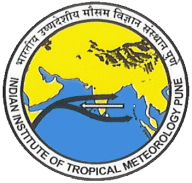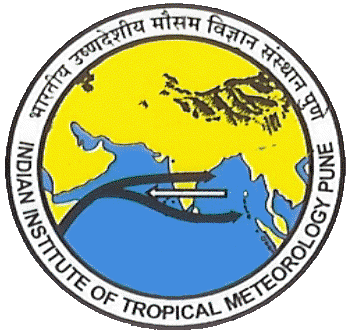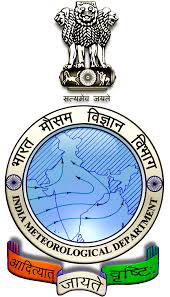Data Availability for Research Purpose
Single point of contact for data monsoon_mission@tropmet.res.in
Other required fields (for research purpose only) can be made available as per request
| Data Variable | Period of the data | Frequency of Data | Expt. Name/Model Used | Reference | Remarks |
|---|---|---|---|---|---|
CD_eddy_paper |
1993-2022 | final files | GFS1534/MMCFS2 | - | final output files and scripts |
JGR1 |
2023 | Parcel DNS Monsoon | Bhowmik Etal | ||
MANUS2  |
2023 | - | CFSV2 Monsoon | Bhowmik Etal | - |
| Hindcast DATA | 1999-2019 | As per analysis | Model Used IWCA CFSv2 February hindcast | Sreenivas et al (2020) | IWCA CFSv2 T126 |
| Rainfall,SST and Zonal wind DATA | 1981 - 2017 | Yearly | CFS February and April hindcasts. | Ramu et al (2016), Pillai et al (2017) | CFS V2 T382 |
| Precipitation and Sea surface temperature | 1981 - 2008 | Monthly | Seaonal Hindcast experiment with Jan. to Dec IC (upto 9 months) /CFS V2 T382L64 Feb. IC data is available online at Feb IC Precipitation,Feb IC SST |
Ramu et al (2016), Pillai et al (2017) | CFS V2 T382,
CFS V2 T126 |
| SST/SSS/SLA/
Temperature/ Salinity/Currents (zonal and meridional) |
2004 to present | Monthly/5day/daily and Monthly climatology | Ocean Analysis based on INCOIS-GODAS | Ravichandran et al (2012) | GODAS |
| All relevant atmospheric variables | 2000-2015 | 6 hourly | Global retrospective analysis using NGFS for the period 2000▒2011. | Prasad et al. (2017) , current science | 6 hourly |
| All relevant atmospheric variables | 1979-2017 | 6 hourly | IMDAA Regional Reanalysis | Mahmood et al., 2018, ASL (submitted) | Resolution 12 km To be completed by April 2018 |
| Soil moisture and soil temperature | 1981-2017 | 3 hourly | High resolution land data assimilated analysis. | Nayak, H. P. et al. | Made available on request to MM Directorate(freely available) |
| MISO Index DATA | 1998-2019 | Daily (May to Oct) | Extended EOF Analysis | Sahai et al 2013 |





